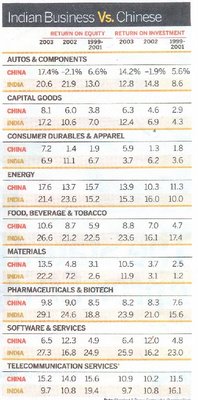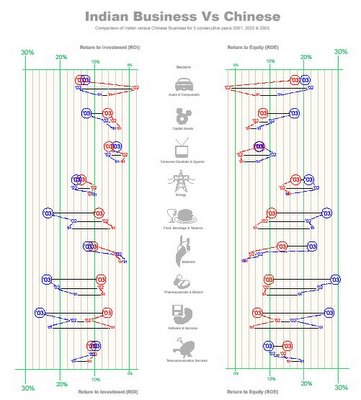As apart of our course in ‘Data Visualization’, we were asked to categories different Data visualization techniques. We took a little path to solving this problem…we took the challenge to solve the mystery and create a formula for ourselves…
The process started by collecting about 900 images of various examples of data visualizations. Next came and extensive session of “Brain Storming”…
Brainstorming threw quite interesting view to data visualization…things when categorized gave an interesting picture…
There are various facets to data visualization…
1. Tools
2. Methods
3. Ways of representation
4. Purpose
5. Content
Where Tools were graphical techniques primarily used to distinguish one data from the other…
Methods were various factors like choosing axis, degree of abstraction…etc…its various decision a designer takes before deciding the graphics.
Ways of representation were know “outputs” like pie chart, bar chart, illustration, maps etc…
Purpose is the purpose of making data visualization like instructional, comparison…etc
Content defines the kind of data…like quantitative, descriptive…etc
The next part was little interesting…we realized that Content Purpose and ways of representation were closely connected.
Not only that we sorted the 900 samples into a 2 way matrix to figure out how closely are they connected.
This was an early exploration of the assignment…


